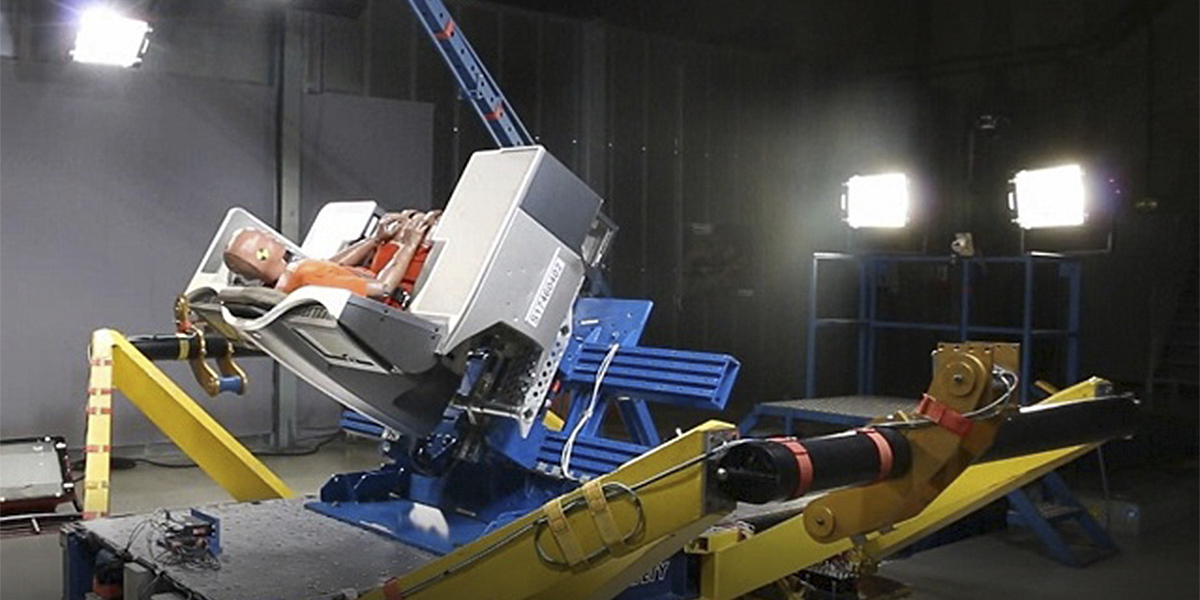SAE J2570 Child Restraint Anchorage Performance Testing
The SAE J2570 standard specifies performance requirements and testing methods for child restraint anchorage systems in vehicles. This service is critical for ensuring the safety of children during vehicular accidents, which can be life-saving when implemented correctly.
According to SAE J2570, the anchoring system must provide a secure attachment point for child restraints such as car seats. The performance criteria include load distribution, retention forces, and stability under dynamic loading conditions. This service involves testing these parameters using standardized procedures that simulate real-world crash scenarios.
The test setup typically includes a vehicle equipped with the anchor points to be tested, along with the child restraint system (CRS) in place. The CRS is positioned according to specified guidelines, and then subjected to forces representative of an impact event. Load cells measure the forces exerted on the anchor points during this process.
The testing procedure often involves multiple cycles of loading and unloading to evaluate durability and reliability over time. The data collected from these tests is used to determine compliance with SAE J2570 standards. Compliance ensures that the anchorage system can withstand the stresses encountered in a crash, thereby protecting passengers.
Understanding the scope and context of this service is essential for quality managers and R&D engineers working within the automotive sector. It helps them ensure that new designs meet safety regulations before they reach production stages. Compliance officers also benefit from knowing these details to verify adherence during audits or inspections.
Benefits
- Ensures compliance with SAE J2570, enhancing product safety and reducing legal risks.
- Improves brand reputation by demonstrating a commitment to child safety.
- Aids in meeting regulatory requirements for vehicle manufacturing standards globally.
- Promotes confidence among consumers regarding the reliability of your products.
Customer Impact and Satisfaction
The results of this testing play a crucial role in enhancing customer satisfaction by providing peace of mind related to vehicle safety features. When manufacturers can demonstrate that their products meet or exceed regulatory standards like SAE J2570, it reassures purchasers about the integrity and effectiveness of these components.
By incorporating rigorous testing into their development processes, companies not only comply with legal mandates but also contribute positively towards public health and welfare. This proactive approach can lead to higher levels of customer trust and loyalty, which are vital factors in maintaining market share and fostering brand recognition.
International Acceptance and Recognition
The SAE J2570 standard is widely accepted internationally due to its robustness and relevance. Many countries adopt similar or equivalent standards based on this work, ensuring consistency across different markets.
This global recognition translates into broader applicability for manufacturers who design their products with these international standards in mind. By adhering to such recognized benchmarks, they can streamline compliance processes and minimize potential discrepancies when expanding into new regions.





